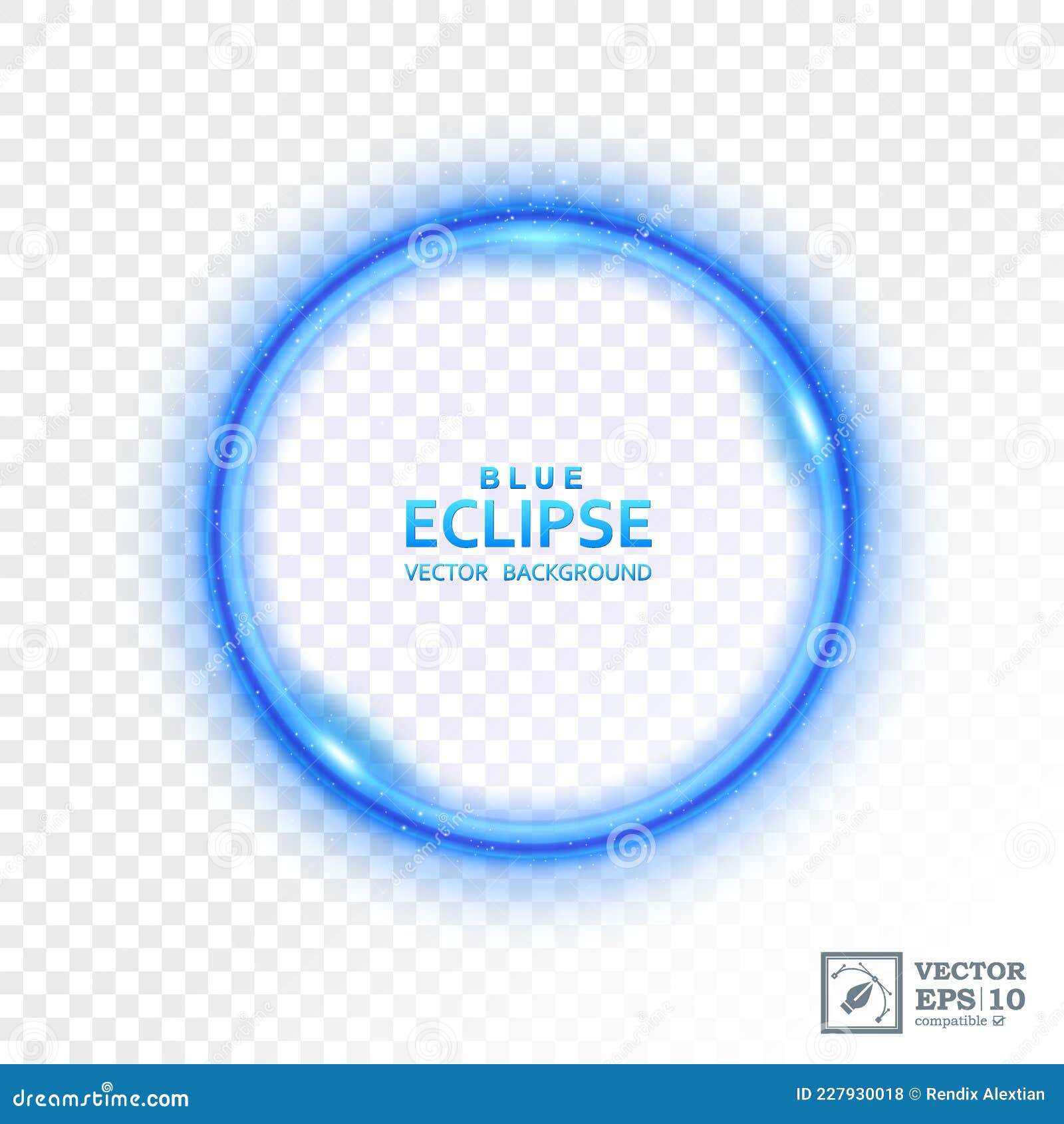
If you can select it, simply hit ‘delete’ on your keyboard. If the checkerboard isn’t on its own layer, try clicking directly on the checkerboard itself. If the checkerboard is on its own layer, select and delete it by clicking ‘Delete Layer’ from the top right hand flyaway menu.

These files can only be opened and edited in Adobe Illustrator®.

The gray ‘checkerboard’ background, which mimics the transparent background in Photoshop files, is built directly into the vector file and will need to be removed. You need vector software to use these files. Here are some important things to keep in mind when working with this type of illustration:ġ. Thanks.Vector transparency effects (glows, sparkles, light rays, etc) are very popular right now, however they can be extremely tricky to work with. I am completely new to Illustrator as of today so any help would be greatly appreciated.

I'm including an image of the object I am trying to place with transparent background, but I have both a flattened rasterized version, a version complete with layers and a third (.svg) with the corresponding objects. Result - white background.ģ) I have now created a path in Photoshop from the text layer to yet again attempt the above methods. Result - white background.Ĥ) I have also tried the every combination of 1 and 2. Result - white background.Ģ) Placing the.

So far I have tried:ġ) Simple copy and paste from Photoshop. If I do exactly as described above, I still get the same result. However when opening or placing this file into illustrator, it picks up a white background. psd file into Muse and it still has a transparent background. psd has a transparent background without any hidden layers causing this problem. However, I am getting a white background once I place or copy and paste into Muse. svg in some sort of website creation software such as Muse. I'm new to these products so it may be obvious to others that the above intention was to eventually place the.


 0 kommentar(er)
0 kommentar(er)
